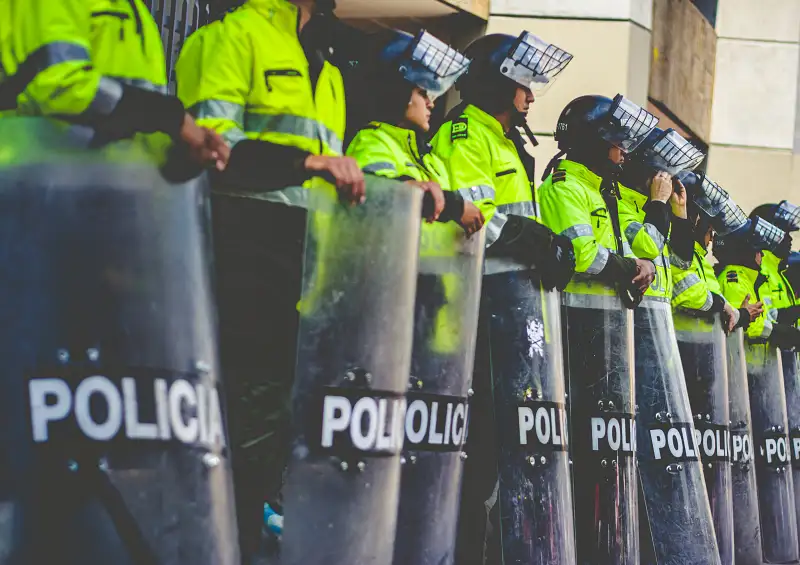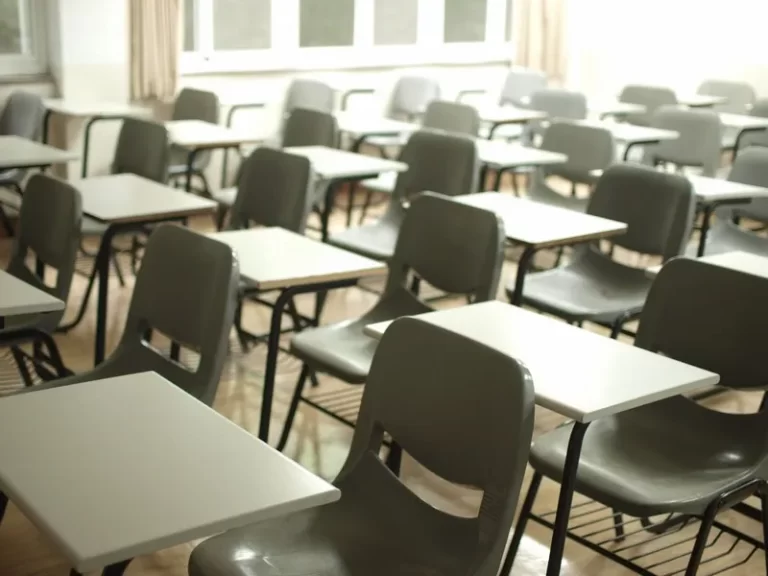Table of Contents
- Althusser’s Theoretical Framework
- Components of the Repressive State Apparatus
- Functions of the Repressive State Apparatus
- Implications for Sociological Theory
- Conclusion
Louis Althusser, a French Marxist philosopher, is renowned for his theory on ideological and repressive state apparatuses. His work has significantly influenced the way sociologists and political theorists understand the function of state power and ideology in maintaining social order. Althusser’s concepts are critical in understanding the mechanisms through which the state exerts control over society, perpetuating the dominance of the ruling class. This essay outlines and explains Althusser’s concept of the Repressive State Apparatus (RSA), delving into its components, functions, and implications for sociological theory.
Althusser’s Theoretical Framework
Marxist Foundation
Althusser’s theories are rooted in Marxist thought, which posits that society is structured by the economic base and superstructure. The economic base consists of the means and relations of production, while the superstructure includes the political, legal, and ideological institutions that support the economic base. Marx argued that the state serves the interests of the ruling class by maintaining the conditions necessary for capitalist production. Althusser expanded on this by differentiating between ideological and repressive means of control.
Ideological State Apparatuses (ISAs)
Before delving into RSAs, it is essential to understand Althusser’s concept of Ideological State Apparatuses (ISAs). ISAs are institutions such as schools, churches, families, and media that disseminate ideology, shaping individuals’ beliefs and values in ways that support the status quo. According to Althusser, ISAs function predominantly through ideology and play a crucial role in maintaining the hegemony of the ruling class by securing the voluntary consent of the subordinate classes.
Repressive State Apparatuses (RSAs)
In contrast to ISAs, RSAs are institutions that function primarily through repression, including the use of force or the threat of force. These apparatuses are state-controlled and include the government, the police, the military, the judiciary, and the prison system. RSAs operate overtly and coercively to enforce the rule of law and maintain order, particularly when ideological control fails or is insufficient.
Components of the Repressive State Apparatus
The Government
The government is the central component of the RSA. It encompasses the executive branch, which implements laws and policies, and the legislative branch, which creates laws. The government’s role is to ensure that the legal framework supports the interests of the ruling class and to use its authority to repress any threats to the established order.
The Police
The police are a crucial arm of the RSA, tasked with maintaining public order and enforcing laws. Their functions include surveillance, investigation, and the use of force to prevent and respond to crime. The police often serve as the first line of defense against social unrest and dissent, making them a visible symbol of state repression.
The Military
The military is another key component of the RSA, responsible for protecting the state from external threats and, in some cases, internal dissent. The military’s capacity for violence is unparalleled, and its presence serves as a deterrent against significant challenges to state power. In times of political instability or crisis, the military can be deployed domestically to suppress uprisings and maintain control.
The Judiciary
Get the full article AD FREE. Join now for full access to all premium articles.
View Plans & Subscribe Already a member? Log in.





